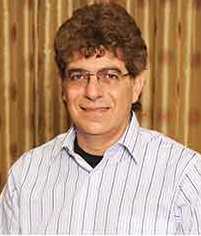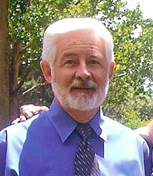Fundamentals of Rotor-Bearing Dynamics And Case Histories in the Rotating Machinery Industry
October 20-24, 2014
Hosted by:
EthosEnergy (Formerly TurboCare)
3100 S. Sam Houston Pkwy East
Houston, TX 77047
(713) 336-1300
(713) 336-1456
Lectures Start: Monday, October 20, 2014, at 8:30 am
Lectures End: Friday, October 24, 2014, at 12:45 pm
32.5 PDHs are offered for successful completion of the course.
Instructors:
1. Paul Allaire, ASME Fellow, Chief Technical Officer, Rotor Bearing Solutions International (RBSI) , Also, Mac Wade Chaired Professor, University of Virginia, Now Retired – Long Time Director of Rotating Machinery and Controls Laboratory
2. John Nicholas, Former Owner and Chief Engineer, Rotating Machinery Technology, Former Engineering Fellow, GE-Lufkin-RMT
3. Tom Smith, EthosEnergy, Houston, Former General Manager Of EthosEnergy, Houston
4. Tim Dimond, P.E., President, Rotor Bearing Solutions International (RBSI), Formerly Principal Scientist of University of Virginia Rotating Machinery and Controls Laboratory
5. Sandye Simmonds, EthosEnergy, Florida
Lectures and Notes
This fundamental rotor dynamics short course is intended for engineering staff of companies using, repairing or manufacturing rotating machinery of common types. These types include horizontal and vertical pumps, compressors, steam turbines, motors, generators, alternators, geared systems, and gas turbines. The emphasis is on the vibration phenomena exhibited by the machine undergoing high vibration. Numerous industrial machine case histories, high vibration characteristics, causes of the high vibration and fixes are presented.
In each case history, the important individual components of the machines are described in detail and the influence of each component on the vibration is evaluated. Normally a computer model of the machine is developed by the analyst to better evaluate the cause and the machine fix. This process is described. The use of mathematics in this short course is minimized and, when discussed, is used primarily to indicate technical points of use in the solution.
The lecturers in this short course have extensive experience in the rotating machinery field. John Nicholas, Tom Smith and Paul Allaire each have more than 40 years experience with diagnosing and fixing or repairing industrial rotating machinery problems. The other lecturers and contributing authors also have extensive experience in the field.




